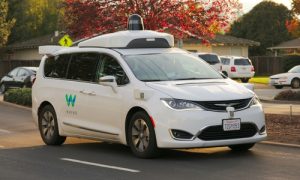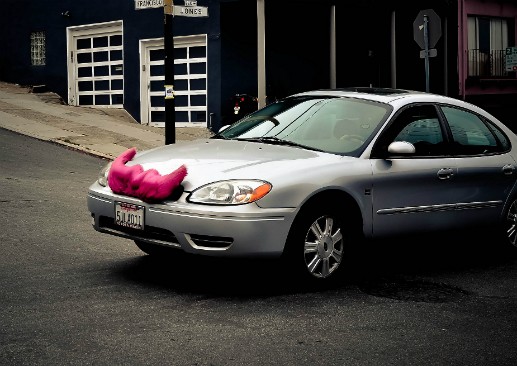By now, most of your readers have heard of ridesharing startups like Uber and Lyft. They may also be familiar with the regulatory battles transportation startups have waged with cities across the country and around the world. But as ridesharing moves from a few early adopters to a more mainstream convenience, it’s worth looking at the economic impact to legacy businesses and beyond.
Here’s a look at angles to consider as you’re forming new story ideas.
Ridesharing’s impact on car rental companies
If leisure travelers can now summon a ride with an app and avoid paying for parking (or moderating their alcohol intake), are they still renting cars on arrival? What about business travelers or bleisure travelers (those who mix business and leisure travel)? Skift reports that as demand for car rentals has declined, brands like Hertz and Avis have adapted by selling excess vehicles to Uber and Lyft drivers. Hertz has also partnered with rideshare companies to provide fleet management, and Enterprise now offers hourly car rentals. How else are local car rental companies adapting to the changing marketplace?
Ridesharing’s impact on new drivers
Are fewer teens getting driver’s licenses now that they can get around with an app? Uber and Lyft technically do not allow minors to ride unaccompanied, but several outlets report that teens do it anyway (there are specialty transportation services that do cater to kids and teens, though). University of Michigan’s Transportation Research Institute reports that the proportion of American adults with a driver’s license has declined, a trend that’s especially pronounced amongst teens. According to its data, nearly half (46 percent) of 16-year-olds were licensed in 1983. In 2014, fewer than a quarter (24.5 percent) of 16-year-olds had a driver’s license.
Ridesharing’s impact on airport logistics
How are local airports dealing with an influx of Ubers and Lyft drivers circling the arrival and departure areas? Are airport shuttle services seeing any decline in bookings due to the rise of ridesharing options?
Reporter’s Takeaway
In addition to UM’s Transportation Research Institute (mentioned above), you might also find transportation research and experts at other academic institutions, including the University of Denver’s Transportation Institute and the Texas A&M Transportation Institute. Outside of academia, consultants like Harry Campbell (the “Rideshare Guy“) focus on the rideshare industry.










